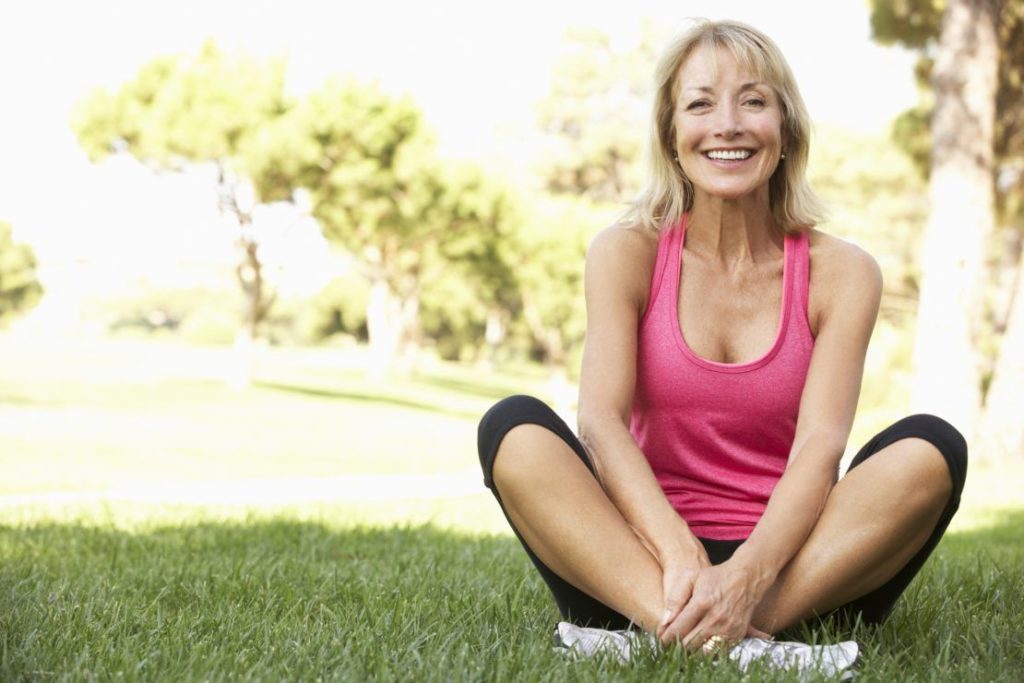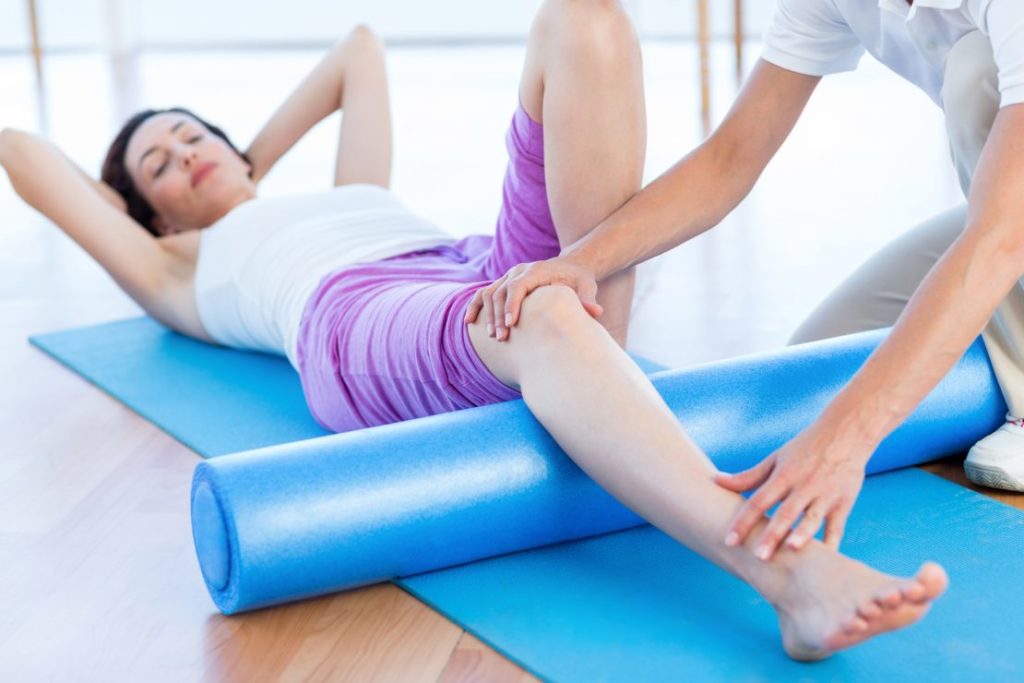If you suffer from chronic joint pain or are prone to developing aches and pains, you may notice that your condition worsens, when the weather is cool or damp. Especially in Texas, people’s joints are comfortable in the warm weather. So when the temperature drops or the rain starts, pain arrives. Here is some information about the link between weather and joint pain…
1. Weather can alter the thickness of your joint fluid
Recent studies conducted by Tuft University claim that a drastic change in weather can alter the amount of fluid in your joints. Any change in the thickness of your joint fluid can cause discomfort and pain. Tuft’s studies also concluded that a change in barometric pressure can also increase joint pain, among individuals who suffer from arthritis.
2. People tend to exercise less in cold or wet weather
It’s a well-known fact that regular exercise can help lessen the effects of arthritic conditions such as knee aches and elbow pain. Regular exercise increases the flexibility of your joints and drastically reduces joint pain. So if you’re looking to manage your joint problems, when it’s cold or raining, it’s well worth bundling up and going for a brisk walk, a few times a week. Or signing up for a gym membership, in order to work out and stay healthy.
3. People tend to stiffen up when it gets cold
Most people tend to clench their arms and fists, in a natural reaction to the cold or rainy weather. Clenching your body parts in order to shield yourself from the wind, the rain and the cold can increase the amount of joint pain which you experience. To avoid worsening your joint pain, keep your limbs loose and limber and to avoid stiffening your body parts. One effective way to relax your muscles and to relieve joint pain is to take a nice long hot shower.
4. People forget to hydrate in colder weather
When it’s hot out, you won’t have any trouble consuming eight glasses of water a day. However, when it’s chilly or raining you may be less motivated to stay hydrated. Unfortunately, even mild dehydration can increase the amount of pain which you feel in your joint areas. So, make sure you drink water often if you want to avoid symptoms of joint pain.
So joint pain is common in the cooler, wetter months, but there’s a variety of ways to keep pain low.



